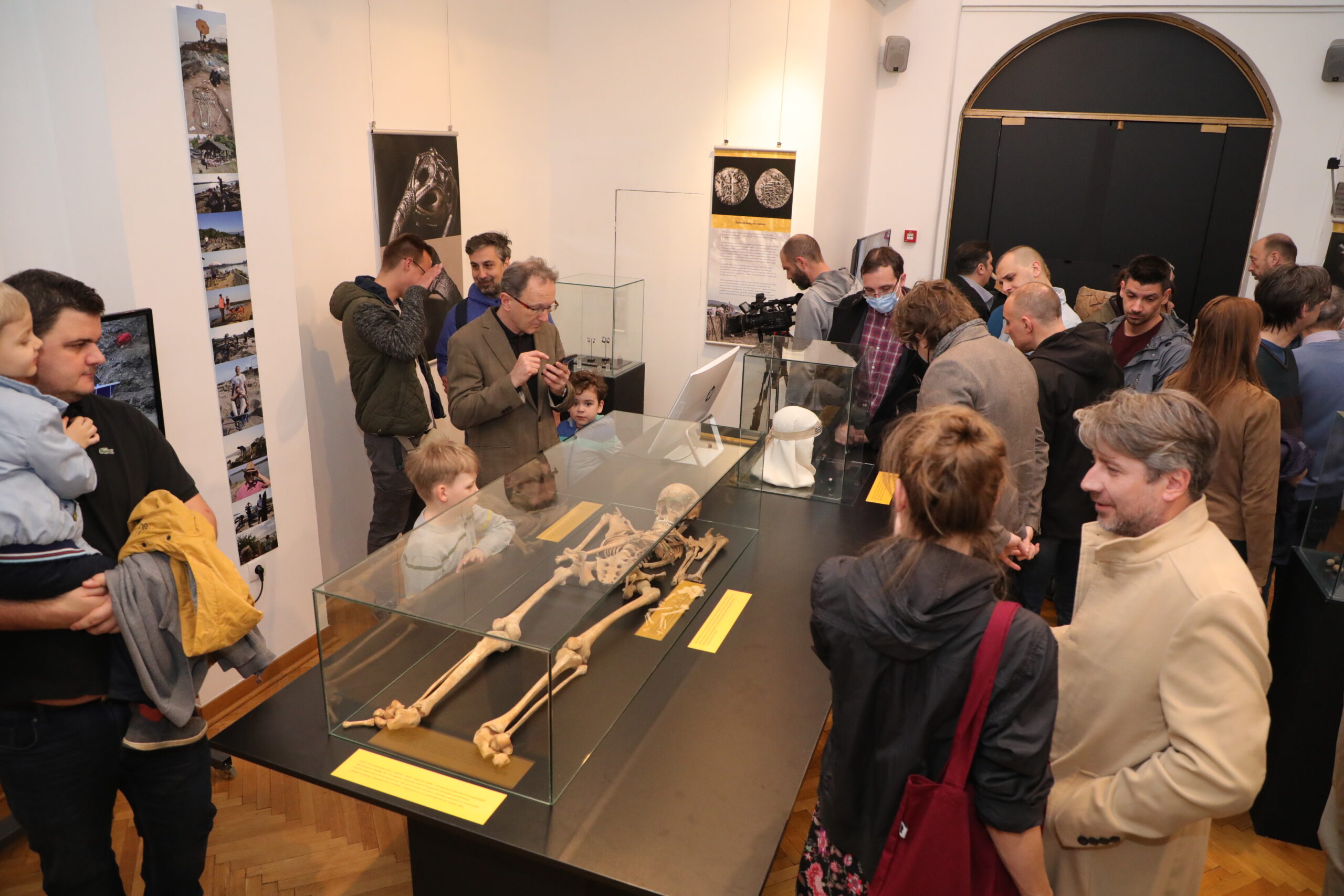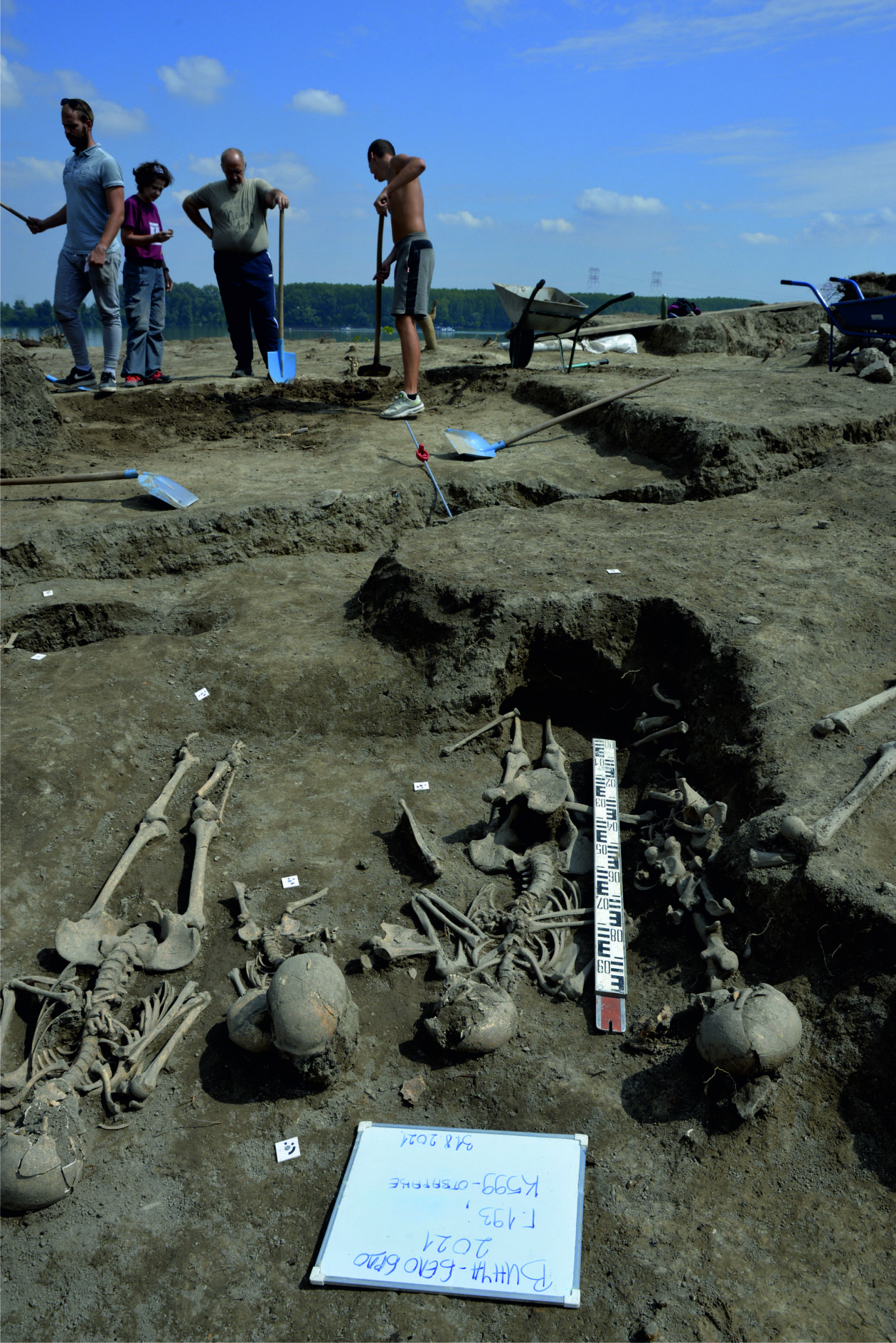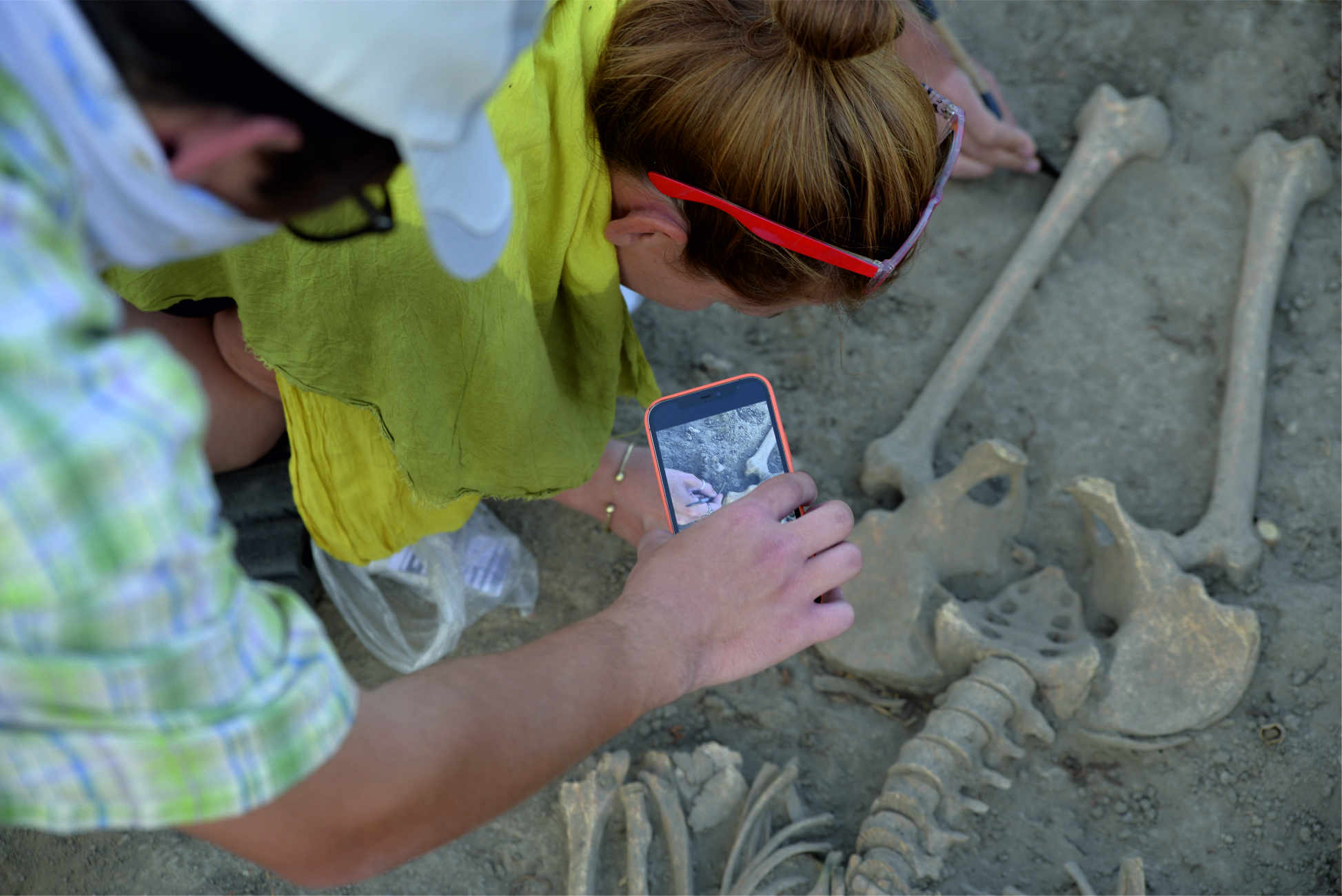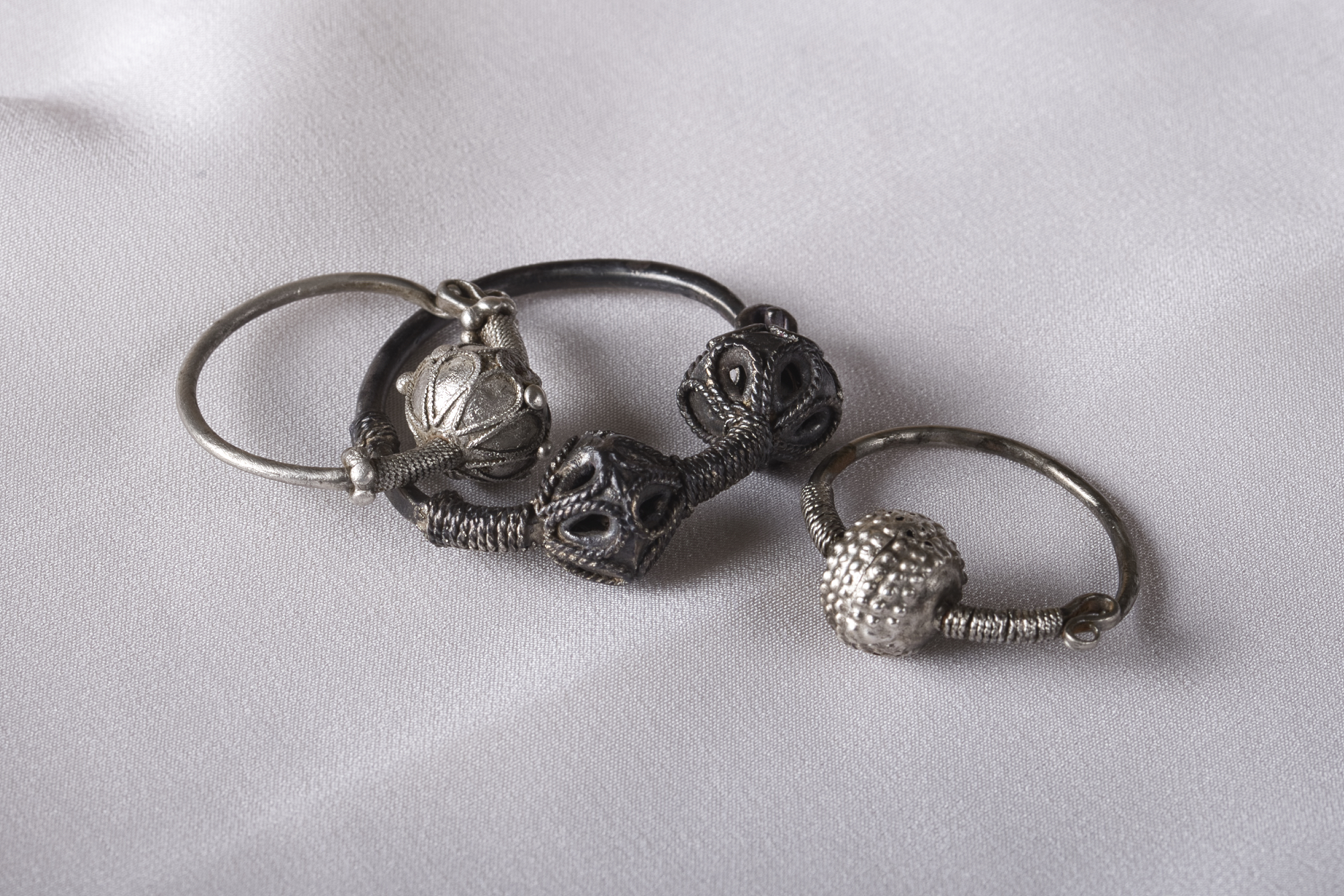On Monday the 28th of March at the Gallery of science and technology of the Serbian Academy of Sciences and Arts (Đure Jakšića street 2), exhibition entitled “Vinča project: new archaeological challenges” opened. Authors of the exhibition are Nenad Tasić from the Faculty of Philosophy, University of Belgrade, and Kristina Penezić from the Biosense institute, University of Novi Sad.
Exhibition presents new research approaches and recent archaeological fieldwork at the Vinča site. This site is most famous for the magnificent remains of a neolithic settlement that flourished at this place from 5300 BC up to 4500 BC. What is less known is that the youngest layers at this site belong to the medieval period. Over the long course of research at this site, over 1000 skeletons from the medieval necropolis have been excavated. 300 of those were investigated in the last couple of years. Burials found at the site are dated to the period between the 12th and the 14th century, and buried individuals were inhabitants of the local villages. As we do not have any historic documents that mention this necropolis, the archaeological remains are the main resource of information about these people that lived close to Danube, at the border of the Hungarian and medieval Serbian state. At the exhibition, you will be able to see a skeleton excavated in 2021, as well as jewellery and coins found within the graves. Of course, essential part of the exhibition are artefacts from the Neolithic that were excavated and restored in the recent years.
The exhibition is also focused on the landslide that is endangering the site. The visible slope and sliding of the archaeological layers are the focus of investigations since 2010. All major geophysical prospection methods have been applied, with the goal of investigating the preservation of the archaeological layers that are endangered by the landslide. Detailed technical documentation that is continuously being produced is a basis for the reconstruction of the primary position of the layers and enables their reconnection with the part of the site that is still in its primary position.
Exhibition is opened until April 30th 2022.




Photos: Project Vinča and Gallery of science and technology
